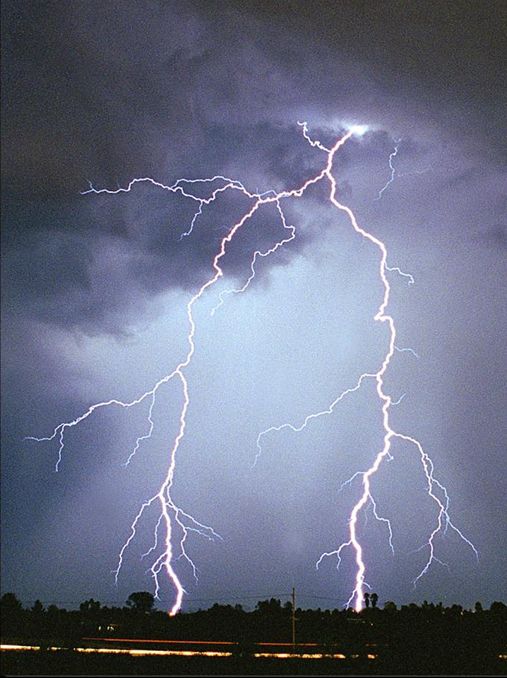Global Warming to Fuel More Severe Tornadoes and Thunderstorms

Global warming will make severe thunderstorms and tornadoes a more common feature of U.S. weather, NASA scientists said today.
Climate models have previously shown that Earth will see more heavy rainstorms as the atmosphere warms, but a new climate model developed by NASA researchers is the first to show the difference in strength between storms that occur over land and those over the ocean and how storms strengths will change in general.
The models don't directly simulate thunderstorms and lightning, but look for conditions that are ripe for severe storms to form.
The model was tested against current climate conditions and produced well known major global storm features, including the high levels of lightning seen over Africa and the Amazon basin and the near absence of lightning in ocean storms.
Researchers then ran the model for a future climate scenario where carbon dioxide levels were double their current level and the Earth's surface was 5 degrees Fahrenheit warmer than it is now. The model's projections showed that continents warm more than oceans (a result which is expected because water needs to absorb more heat than land to raise its temperature) and that lightning occurs at a higher altitude where storms are usually more vigorous.
These effects would combine to cause more continental storms to be of the strongest kind we see today, though there would be fewer storms overall.
These conclusions are particularly bad news for the storm-prone portions of the central and eastern United States, where strong winds are a major source of weather-related casualties.
Sign up for the Live Science daily newsletter now
Get the world’s most fascinating discoveries delivered straight to your inbox.
The western United States won't catch a break either—while it is expected to get drier, the storms that do form are likely to have more lightning, which could then trigger more wildfires.
"Drier conditions near the ground combined with higher lightning flash rates per storm may end up intensifying wildfire damage," said study leader Tony Del Genio of NASA's Goddard Institute for Space Studies in New York.
The results of the study are detailed in the Aug. 17 issue of the journal Geophysical Research Letters.
- Top 10 Surprising Results of Global Warming
- The 100-Year Forecast: Stronger Storms Ahead
- Timeline: The Frightening Future of Earth

Andrea Thompson is an associate editor at Scientific American, where she covers sustainability, energy and the environment. Prior to that, she was a senior writer covering climate science at Climate Central and a reporter and editor at Live Science, where she primarily covered Earth science and the environment. She holds a graduate degree in science health and environmental reporting from New York University, as well as a bachelor of science and and masters of science in atmospheric chemistry from the Georgia Institute of Technology.









